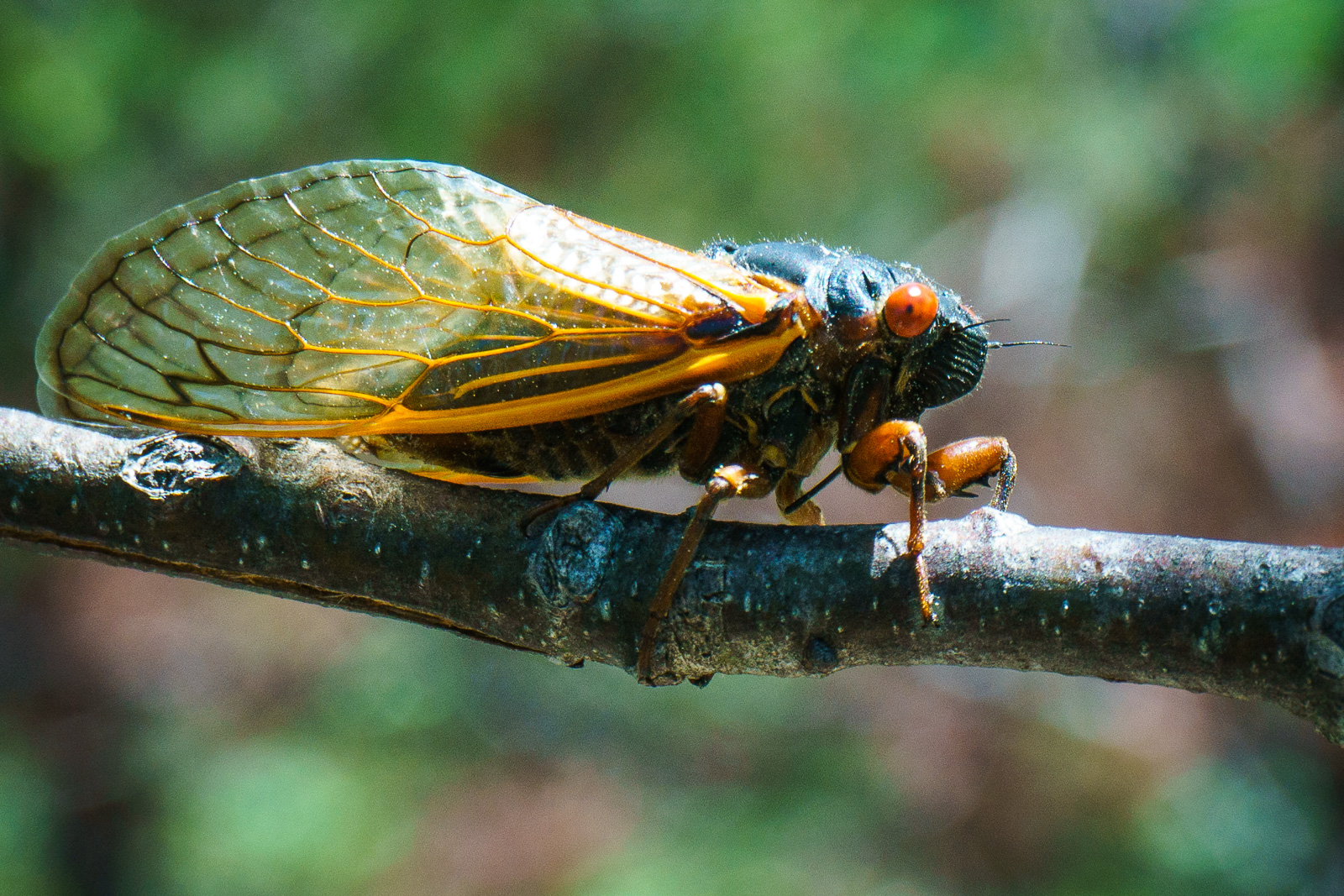by Jack Pluth
They’re back! Oh God, they’re back!
Fresh off the heels of a cicada boom only a few years ago, we are on the cusp of witnessing another invasion by this insectoid nuisance. In a few weeks, we’ll have to once again face the hordes of these winged animals, shaking our fists at these bugs who emerge from the ground like an undead nightmare.
You’re probably wondering how to get even with such a menace? Perhaps there’s no better way to get vengeance on the cicadas than eating them. But how do you cook a cicada? How do you prepare them? And what do they taste like? Let’s take a look.
An article from CBC news provides a quick summary on how to prepare your cicadas, and author Paul Hunter outlines some on preparing your cicadas for consumption. First things’ first, you must catch them. This shouldn’t be too hard, really. Just look around, pick up a cicada, and viola — dinner.
Now here comes the hard part. With your live bugs, the next step is…to kill them. Because we are students at Xavier, the Harvard of southwest Ohio, and we exemplify the best of the best of our generation, it is important that we do not let these insects suffer, even with our grievances against them. The next step in our preparation involves placing the live bugs in the freezer, which induces a state of hibernation in the cicadas. Eventually, their deep slumber eventually becomes permanent, as they freeze to death. As far as a bugs’ life goes, this is certainly not too shabby of an ending.
The next step in preparation involves the decapitation and de-winging of these frozen cicadas. While somewhat brutal in nature, this is a necessary step to make the actual use of the bugs in our food more appetizing — at least visually.
The final phase of preparation involves freeze-drying the headless, wingless and frozen cicadas to make them a better component of our culinary endeavors.
Of course, eating cicadas is not without its health risks. The Food and Drug Administration (FDA) released a statement not long ago warning those who are pregnant or lactating and children from avoiding cicadas due to the large amount of mercury in their bodies. Also, Newswire officially recommends that if one lactates cicadas for more than four hours that they consult a doctor immediately. The FDA later released a second statement, warning those with shellfish allergies from eating cicadas, due to the likelihood of the cooked insect triggering a similar reaction among afflicted individuals. This is the result of the oddly similar physiology between shellfish and cicadas, which is certainly something that is unexpected.


The FDA advises that pregnant and/or lactating women and those allergic to shellfish should refrain from eating cicaidas this summer.
But if you do decide to dine on your newly collected cicadas, the eponymously-named website “Bugible” provides information on dishes which make clever use of these hard-shelled animals. With a recipe for each month, Bugible explains how cooked cicadas can be used as a pizza topping, on bread and even cut up and over rice. So come check out their website for more information!
In the next few weeks, millions of these rather annoying insects will emerge from the ground after over a decade of slumber. If you are particularly peeved by their presence, you might as well go about the oldest way of repaying their hordelike intrusion into our lives: eating them. But please, be respectful of their lives, and remember — it’s tough to be a cicada.













You must be logged in to post a comment.